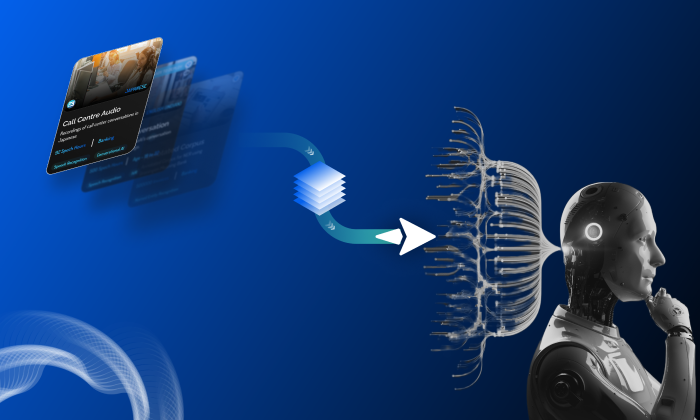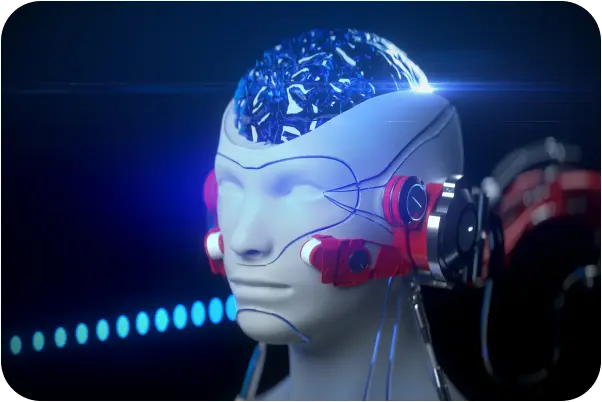What are the benefits of using real-world in-car datasets versus simulated or studio-recorded speech?
In-Car Speech
Real-World Data
Speech Recognition
In the world of automotive AI, the choice between real-world in-car datasets and simulated or studio-recorded speech isn’t just technical—it’s transformative. Real-world datasets capture the true complexity of a vehicle's acoustic environment, offering valuable insights that can elevate AI model performance. Let’s explore why this data is a game-changer for automotive applications and how it addresses common challenges.
Why Real-World Data is Essential for Automotive AI Success
Real-world in-car datasets are designed to reflect the genuine conditions found inside vehicles, unlike the controlled settings of studio recordings. Here’s why they are crucial for success:
Complex Acoustic Profiles
- Vehicle interiors are filled with unique sounds, such as engine noise, tire friction, and road textures, that affect speech clarity.
- These noisy conditions are vital for realistic training data, allowing AI models to learn how to handle these complexities.
Variable Environmental Factors
- Real-world datasets account for fluctuating conditions like open windows, air conditioning noise, and varying music volumes.
- These environmental factors often go unrepresented in studio data, leading to models that perform poorly in real-world situations.
Diverse Speaker Roles and Contexts
- In-car datasets feature a wide range of voices, from drivers to children, capturing diverse speech patterns and emotional tones.
- This variety is critical for developing conversational agents that can interact naturally with all types of users.
How Real-World In-Car Datasets Enhance AI Performance
Real-world data offers several advantages for improving AI models:
- Generalization to Noisy Environments: Models trained on authentic data are better equipped to handle the unpredictable acoustics of vehicles, which is crucial for systems requiring clear speech recognition in noisy environments.
- Improved Contextual Understanding: Real-world datasets include spontaneous speech with interruptions and overlapping dialogues, teaching models to process and respond to natural, real-time conversations.
- Training Flexibility: These datasets come enriched with metadata such as speaker demographics and environmental conditions, allowing for fine-tuning based on specific use cases. For example, a luxury carmaker may focus on multilingual support for diverse clients.
Real-World Applications and Use Cases
The benefits of real-world in-car datasets extend across several key automotive applications:
- Voice-Enabled Infotainment Systems: Improve user interaction through natural language processing, enabling drivers to control navigation, music, and other vehicle functions hands-free.
- Driver Assistance Technologies: AI systems for fatigue detection and emotion recognition benefit from in-car speech data, which enhances safety and user satisfaction.
- Autonomous Vehicles: Developers of self-driving technology use real-world datasets to ensure their systems can interact naturally with passengers, even in complex traffic situations.
Overcoming Challenges and Best Practices
Building effective models with real-world in-car datasets involves addressing several challenges:
- Quality Control: Ensuring recordings are free from excessive noise or distortion is essential. Structured data collection methodologies, like the Yugo platform, help maintain high standards through secure, crowd-sourced recordings.
- Accurate Annotations: Proper annotation of datasets with noise labels, intent tags, and overlapping speech markers is crucial for training robust models. Detailed annotations enable better evaluation and iteration. Learn more through our Speech & Audio Annotation services.
- Avoiding Model Bias: Relying solely on synthetic data can introduce bias, as it doesn’t fully capture the diversity of real-world speech. Including varied demographics and speech patterns ensures that AI models perform fairly and accurately across different user groups.
The Future of In-Car Datasets
As the automotive industry progresses, so do the methodologies for collecting and utilizing in-car datasets. Emerging trends include:
- Federated Learning: Models can learn from decentralized data, maintaining privacy while offering personalized experiences, all without compromising user security.
- Multi-modal Fusion: Combining speech data with visual inputs from cameras and telemetry will lead to even more responsive and intelligent AI systems, enabling richer and more context-aware interactions.
Partnering for Success
To fully leverage the potential of real-world in-car datasets, organizations need a reliable data partner. FutureBeeAI specializes in delivering high-quality, contextually relevant datasets tailored to automotive needs. This ensures your AI models are trained on data that mirrors the complexities of real-world driving environments.
By harnessing robust in-car datasets, companies can significantly enhance their AI capabilities, reduce deployment costs, and improve user satisfaction—paving the way for a smarter, more connected automotive future. For projects requiring domain-specific in-car speech data, FutureBeeAI's collection platform can deliver production-ready datasets in just a few weeks, positioning your AI solutions at the forefront of innovation.
What Else Do People Ask?
Related AI Articles
Browse Matching Datasets
Acquiring high-quality AI datasets has never been easier!!!
Get in touch with our AI data expert now!








